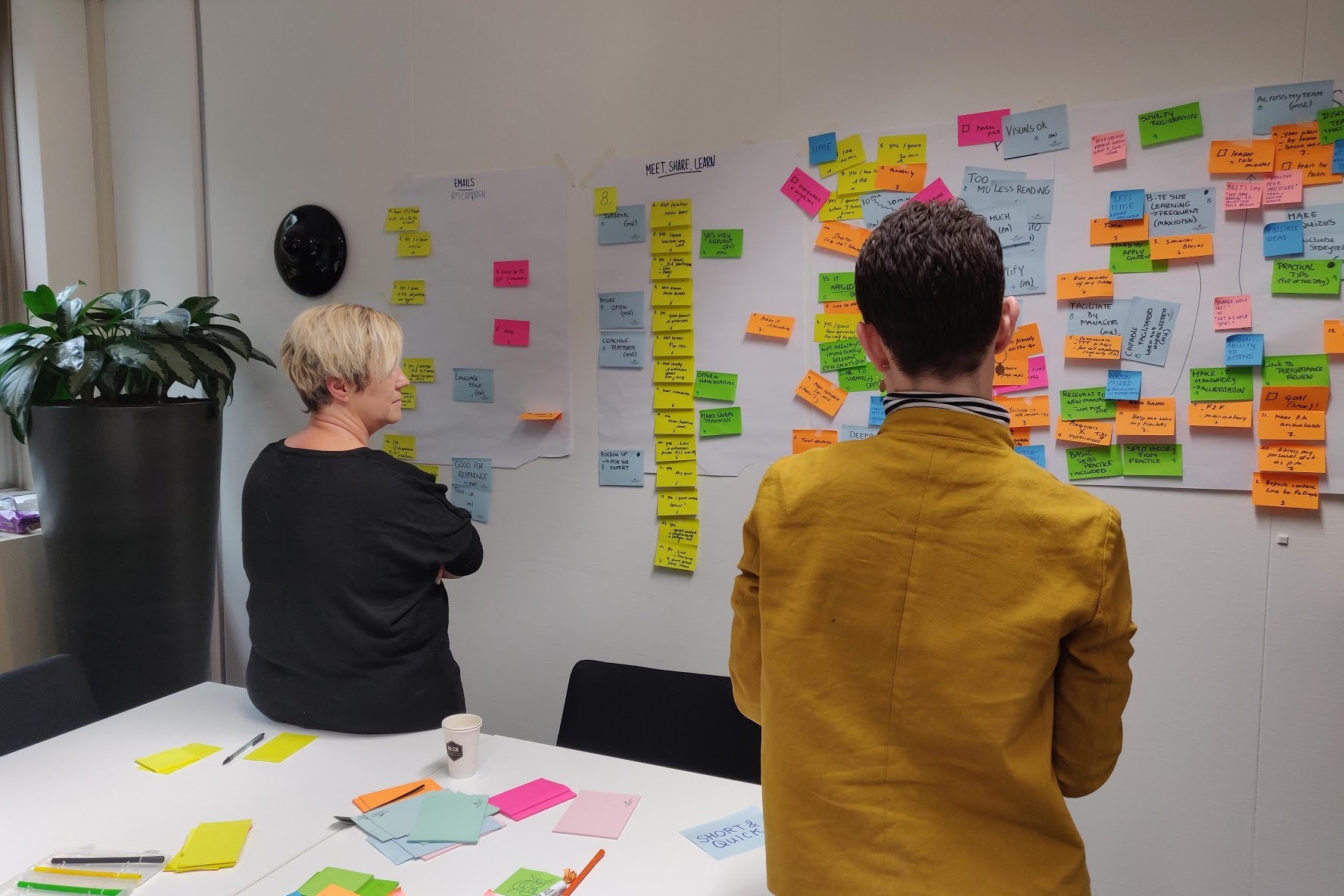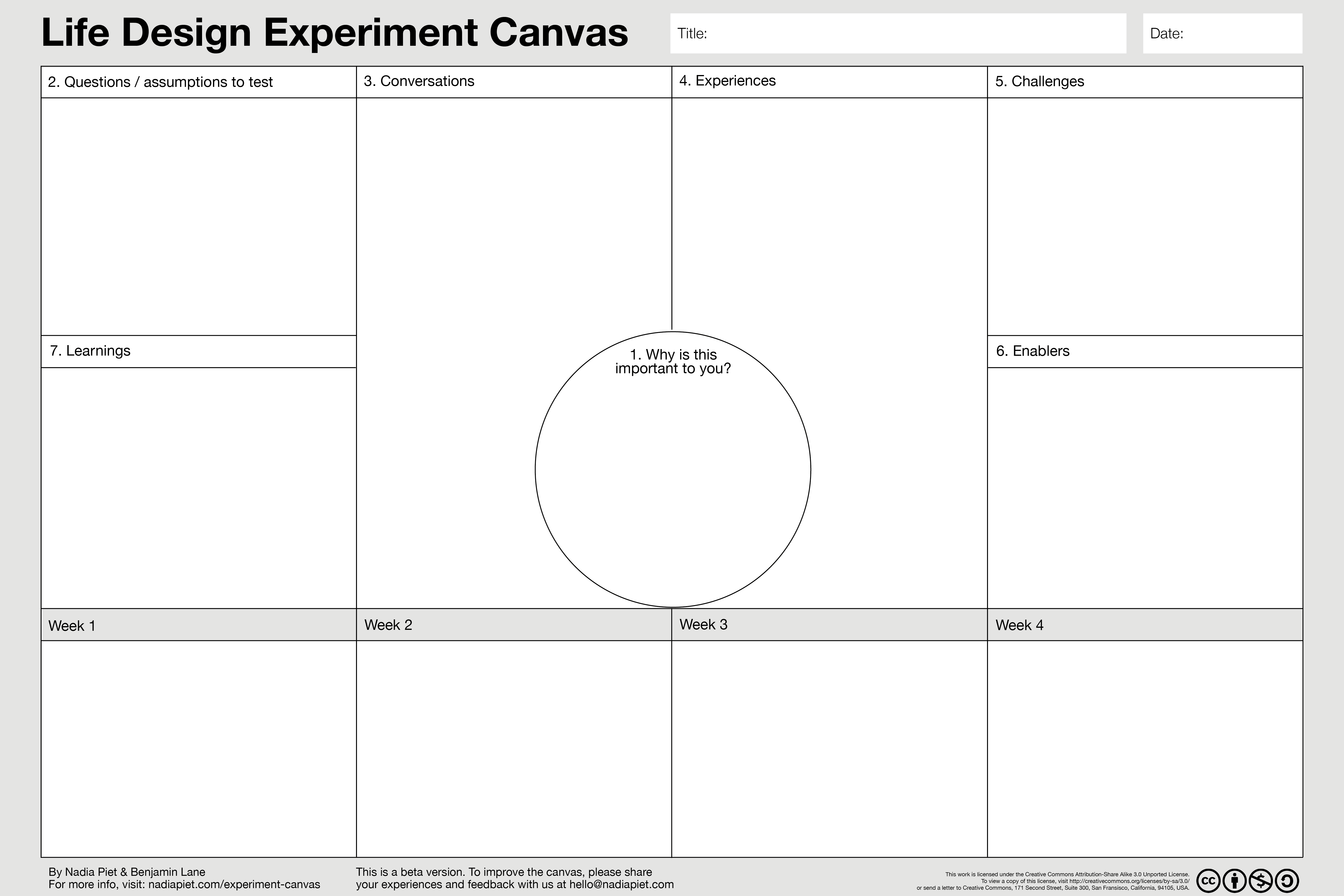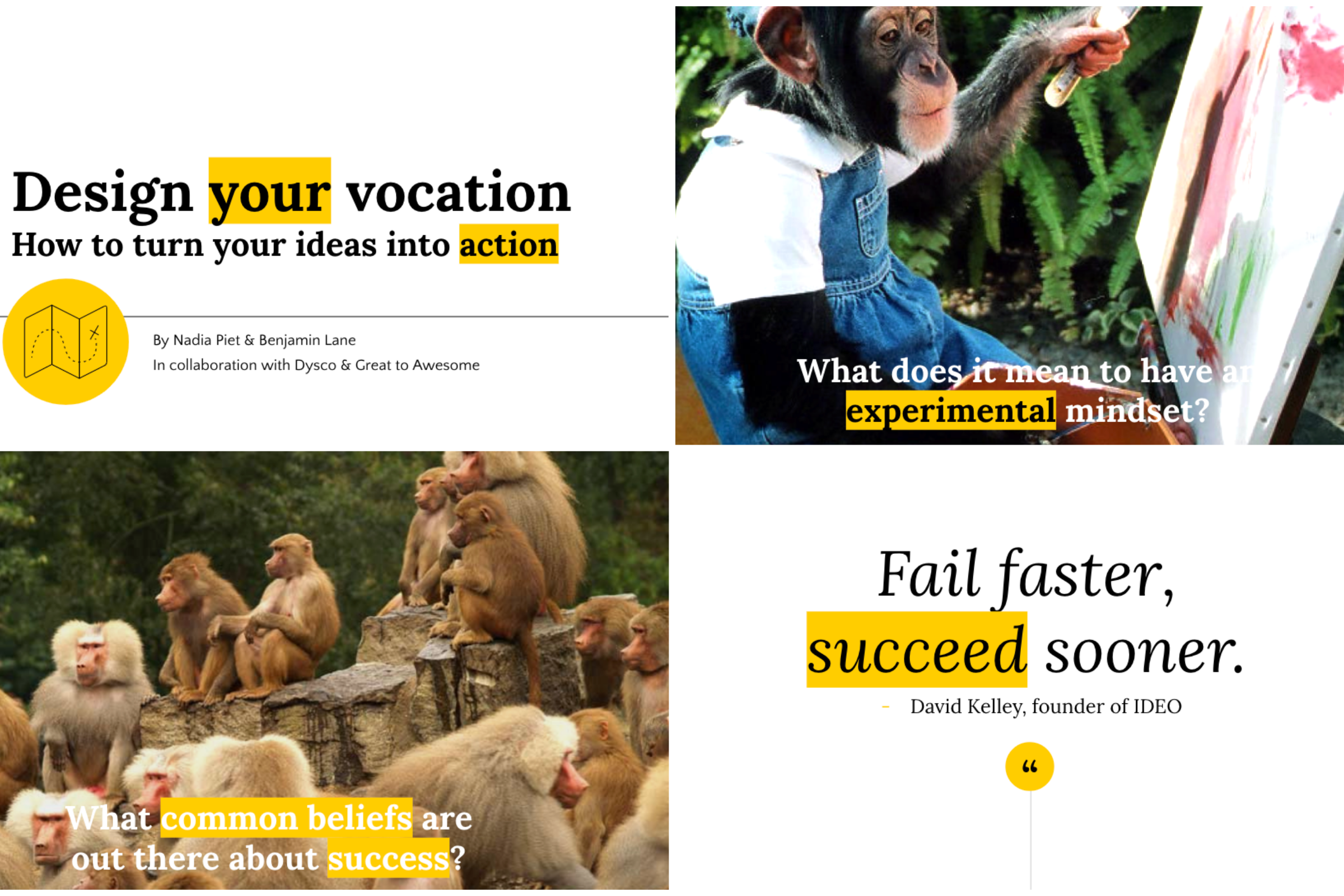*This commentary on the innovation department was written as an assessment product for the course of Academic Writing, part of my bachelor program International Business Innovation Studies.
- Introduction to Corporate Innovation
- Innovation Enablers & Disablers
- Three Factors of The Innovation Department Reconsidered
- A Case for the Innovation Department
- Concluding
- Sources
1. Introducing
The economy has been going through some major shifts in the past few years after the economical recession of 2008. Concepts of employment are moving towards the gig economy, we see crowdfunding as a grassroots alternative to once having to find an VC and app start-ups are no longer a Silicon Valley hype, but an integral part of our economy. Simultaneously, as consumers are generally more informed, have access to a seemingly infinite variety of products from all over the world and are constantly bombarded with advertising; they are growing more demanding.
As an answer to the demands of a rapidly-changing economy and consumer, and the decreasing revenues they have been suffering, many companies have begun to acknowledge the importance of innovation and the dynamic capabilities necessary to manifest and apply it.
On the contrary to the recent struggles of corporations, start-ups have been thriving and going through a significant growth. Corporations have been eager to adopt some of their unorthodox practices, such as flat organization structures and self-organizing teams, that fuel start-up culture in an attempt to emulate their innovative qualities. Businesses have been implementing a variety of interventions such as workshops and hackathons and are embracing SCRUM, lean startup and design thinking processes in the hope that they will become better.
Some corporations have gone as far as to launch dedicated innovation departments that will ensure the innovative quality of the company. Although the commitment present and the effort well-intended, the innovation department might not be the solution to all corporation’s innovation needs. The isolated department in itself contradicts some of the core elements of innovation its capabilities and hence, may not be the most discerning path to innovation at all.
In this paper we will continue to explore the paradox of the innovation department in the context of the corporation.
2. Innovation Enablers & Disablers
As we have started to contribute more research to the fields of innovation management and creativity in the past years, a few factors continue to be attributed as major enablers or disablers of innovation. Although there are plenty of different, and sometimes contradicting, models, there are similarities to be found in all of them. The challenge then, for any corporation, would be figuring out how to integrate and eradicate those factors within the organization’s workforce.
In the following chapter, we will look at three of these influencing factors and compare them to the conditions of an innovation department.
The first is Cross-disciplinary Creativity.
It has shown that in order for innovative ideas to come about, creativity is key. The need for people with creative minds will be taken care of in the recruitment process. But the environment that they require in order to function optimally, will have to be provided by the corporation. Cross-disciplinary teams and encounters are a major enabler of innovation and are often what sparks those winning ideas. This is also known as the water cooler or coffee machine effect. Should innovation be its own department, these encounters will be harder to come by.
The second is Employee Knowledge.
Those that interact with your customers most, understand them best. Often times, this is not management, nor the marketing team; but the people picking up the phone, replying emails and helping the customer with their everyday concerns. The power of (latent) employee knowledge often goes untapped in large corporations, and with that a lot of potential value could go lost. Some corporations acknowledged as a missed opportunity and have created channels for any of the employees to propose ideas and innovations. These have reaped great results so far and I propose to continue down this path of full participation, and facilitate that shift, rather than leave innovation matters in the hands of ‘a lucky few’.
The third is Employee Ownership & Implementation.
As great the ideas the innovation department can think up and develop, an innovation is not successful if the implementation fails. Since the implementation’s success ultimately relies on the employee’s willingness to change or participate, they are the key to innovation. People are more likely to be engaged in change, in this case the implementation of interventions and new ideas in the company, when they have a sense of ownership; for example if they’ve been actively involved in the process prior. This engagement is very important to get the employees to successfully put the innovation into practice and to to get access to the employees’, sometimes latent, knowledge that we mentioned before.
3. Three Factors of The Innovation Department Reconsidered
3.1 Cross-disciplinary Creativity
A crucial factor to both the ideation, development and implementation phases within the innovation process is the level of creativity of the people involved. Creativity being largely defined as; the use of the imagination or original ideas, we may re-consider the opportunities most employees perceive in regards to creativity within the company, and question how many people truly employ their creative capabilities on a daily basis within their current role.
Following, we may want to further investigate the relation between creativity and cross-disciplinary collaboration. Creative ideas occur when seemingly unlikely concepts cross-pollinate. We may question how likely such ideas are to occur in an environment where the same people spend 40 hours a week in the same room. Even if they all have varied backgrounds, some effects of the filter bubble will become apparent. In contrast, if we would put employees together who may work for the same customer or same product but have never spoken before due to the fact they are in a different department ‘silo’, unexpected insights are almost guaranteed to materialize.
A study examining creativity and innovation implementation in work groups, confirms that diversity of knowledge and skills is a powerful predictor of innovation, but integrating group processes and competencies are needed to enable the fruits of this diversity to be harvested (West, 2002).
As we move toward a more human-centered approach, corporations must understand that the departments once put in place for the purpose of organizational effectivity may be barriers in the pursuit of understanding, and ultimately designing holistic and coherent experiences for the users. The most meaningful customer experiences are manifested when the different disciplines meet one another, and discuss about the project at hand, or seemingly unrelated topics that may in one way or another spark a burst of inspiration with the other.
A study on cross-disciplinary collaboration states that creative collaborations that cross disciplinary boundaries are essential to innovation (Joyce, Jennings, Hey, Grossman & Kalil, 2010). It is to be argued whether cross-disciplinary collaboration is the only way to innovation, but so far most research considers it one of the pillars of dynamic organizations.
3.2 Employee Knowledge
Employee empowerment through activation of latent knowledge.
Before corporations turn to the initiation of an innovation department in the prospect of creating new value, management should consider the untapped potential that is already present within the organization.
Researchers Drejer, Christensen and Ulhøi argue that many organizations possess a bundle of unexploited resources, and that one such resource is the knowledge held by the employees. They point to the intrapreneur as a knowledge worker, and claim that it is paramount that we begin to understand the relationships between knowledge, knowledge management, innovation management and intrapreneurship (Drejer, Christensen, & Ulhoi, 2004). Learning in organizations occurs when individuals within an organization experience a problematical situation and inquire into the problem on the organization’s behalf (Argyris & Schön, 1997).
Considering this resource, we can conclude that unlocking the knowledge of the employees is the key to organizational learning. In the light of human-centered design, it is the people who work in the organization and interact with the customers and employees day after day that carry the insights. They understand the needs of the users, the bottlenecks in the processes and the unspoken agreements within the department’s culture. This may not always be apparent and they themselves might not even be aware of the value of their experiences. Potentially they are also uncomfortable or unable of truly expressing and acting upon their ideas. A lot of hidden innovation power lies here. In general, the contribution from employees to organizational development and innovation is underestimated and under-explored (Åmo, B. W., 2005).
As the innovation department is focused solely on developing new ventures, rather than managing existing ones, this abundance of everyday, yet invaluable information would miss them. When there is no system for employee innovation, this information is likely to be disregarded altogether. In order to prevent this and make use of this latent knowledge, management is tasked to create an environment that encourages the sharing and development of ideas. The innovation labs can of course help facilitate and assist in this process, yet to increase organizational learning and innovation capabilities, it can not be that they, or anyone, are the sole source of innovation within the company. In general, the contribution from employees to organizational development and innovation is underestimated and under-explored (Åmo, B. W., “Employee Innovation Behavior”, 2005).
3.3 Employee Ownership & Implementation
As great the ideas the innovation department can think up and develop, an innovation is not successful if the implementation fails.
A study on making innovation happen concluded the following: In changing work environments, innovation is imperative. Yet, many teams and organizations fail to realize the expected benefits of innovations that they adopt. A key reason is not innovation failure but implementation failure—the failure to gain targeted employees’ skilled, consistent, and committed use of the innovation in question (Klein & Knight, 2005).
Since the implementation’s success ultimately relies on the employee’s willingness to change or participate, they are the key to innovation. People are more likely to be engaged in change, in this case the implementation of interventions and new ideas in the company, when they have been actively involved in the process prior. This engagement is very important to get the employees to successfully put things into practice and to to get access to the employees’, sometimes latent, knowledge that we mentioned before.
Research on innovation implementation states that implementation effectiveness—the consistency and quality of targeted organizational members’ use of an innovation—is a function of (a) the strength of an organization’s climate for the implementation of that innovation and (b) the fit of that innovation to targeted users’ values (Klein & Sorra, 1996).
Involving the employees in multiple phases of the innovation department strengthens the full cycle. Because they help ideate, they are more engaged in the implementation process. Because they exercise the implementations, they can propose valuable iterations and new ideas along the way. Altogether, the employees will take more ownership of the interventions and this will make the implementations more successful.
4. A Case for the Innovation Department
Regardless of its shortcomings, there is certainly something to say for the case of launching an innovation department. Doing so, certainly is proof of the right intent and spreads awareness on innovation into the company, it is a better move than not taking any action at all. The innovation department does little to no harm and can serve as a symbol of change.
In addition, this intervention is much quicker, cheaper, and overall more efficient and straight-forward than the quest of embedding innovation capabilities in every level of the company; a process that poses many challenges and can take up to a decade. Although not a final solution, the innovation department certainly is a powerful way to kickstart the care for innovation within the company.
5. Concluding
Concluding, innovation labs certainly are useful, but we can not regard them as one-stop-shop to innovation capabilities. They are a quick and effective strategy, but not a sustainable one. If a company aims to truly thrive as a business, they must understand innovation is more important than efficiency in the long term strategy.
Yet, neither is overnight radical employee participation and open innovation. The solution lies in a combination of both strategies, one for the short- and one for the long-term. The innovation department can create a lot of value by moving towards a facilitating role whereas the employees can create a lot more value by participating actively and creatively. Ultimately, this is not a pledge against innovation departments, but rather a call not to settle and not to stop the pursuit of innovation there.

6. Sources
Åmo, B. W. (2005). Employee Innovation Behavior (doctoral thesis). Bodø Graduate School of Business. Retreived from https://brage.bibsys.no/xmlui/handle/11250/140350.
Argyris, C., & Schön, D. A. (1997). Organizational Learning: A Theory of Action Perspective. Reis. Retreived from http://www.reis.cis.es/REIS/PDF/REIS_077_078_19.pdf.
Drejer, A., Christensen, K. S., & Ulhoi, J. P. (2004). Understanding intrapreneurship by means of state-of-the-art knowledge management and organisational learning theory. International Journal of Management and Enterprise Development (IJMED) 1(2). Retreived from https://pdfs.semanticscholar.org/973d/08215c8d4afe1babe1cb829baaafe998f0ba.pdf.
Joyce, C. K., Jennings, K. E., Hey, J., Grossman, J. C., & Kalil, T. (2010). Getting Down to Business: Using Speedstorming to Initiate Creative Cross-Disciplinary Collaboration. Creativity and Innovation Management 19(1). Retreived from http://onlinelibrary.wiley.com/doi/10.1111/j.1467-8691.2009.00538.x/full.
Klein, K. J., & Sorra, J. S. (1996). The Challenge Of Innovation Implementation. Academy of Management Review 21(4). Retreived from http://amr.aom.org/content/21/4/1055.short.
Klein, K. J., & Knight, A. P. (2005). Innovation Implementation, Overcoming the Challenge. Current Directions in Psychological Science 14(5). Retreived from http://cdp.sagepub.com/content/14/5/243.short.
Unsworth, K. L., Brown, H., & McGuire, L. (2000) Employee innovation: The roles of idea generation and idea implementation. Institute of Work Psychology. University of Sheffield. Retreived from http://eprints.qut.edu.au/3034/.
West, M. A. (2002). Sparkling Fountains or Stagnant Ponds: An Integrative Model of Creativity and Innovation Implementation in Work Groups. Applied Psychology 51(3). Retreived from http://onlinelibrary.wiley.com/doi/10.1111/1464-0597.00951/full.



